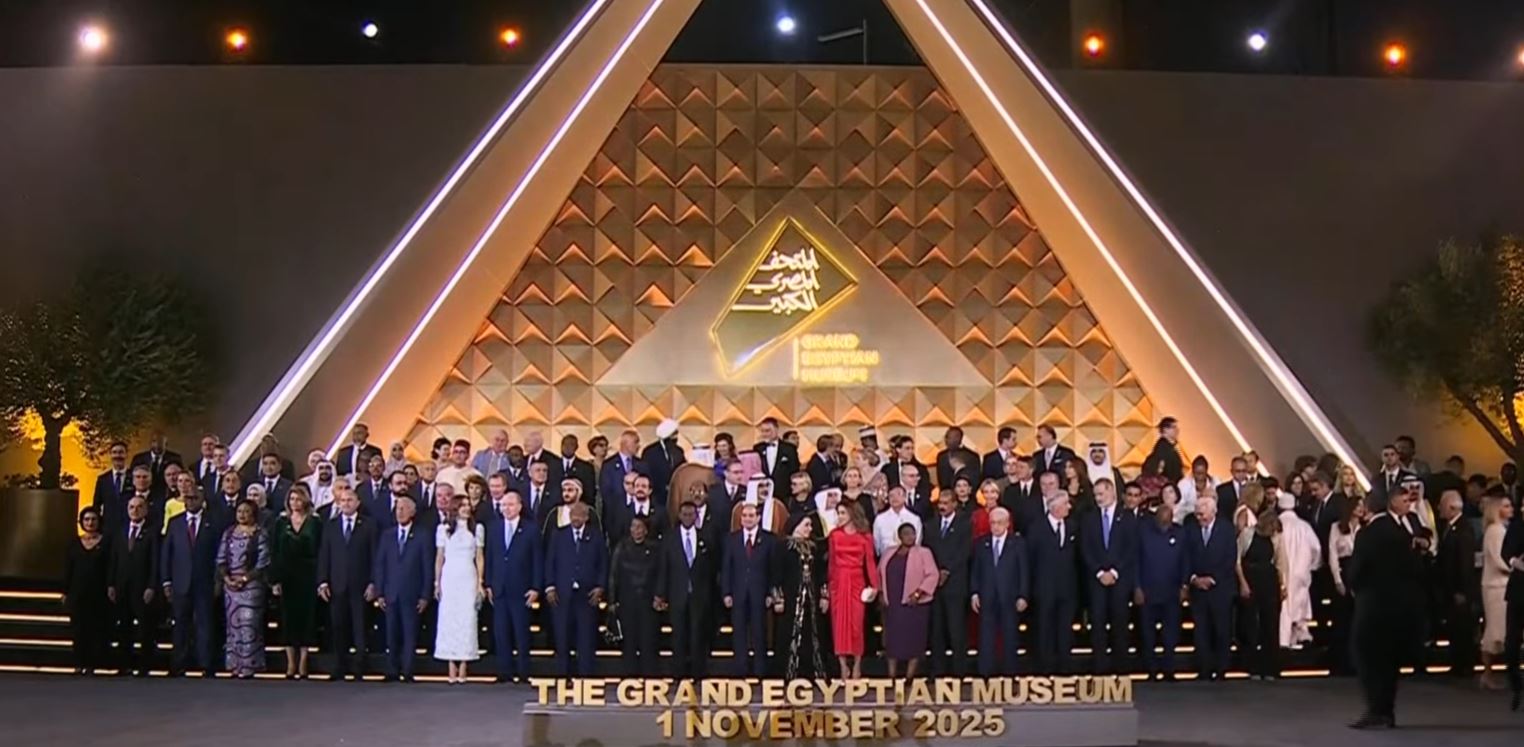The official inauguration of the Grand Egyptian Museum (GEM) on November 1, 2025 marks a watershed moment in Egypt’s modern economic trajectory. More than a cultural milestone, the $1 billion complex is the centerpiece of a national strategy to turn heritage into a high-yield economic engine—one capable of spurring investment, reshaping tourism, and redefining Egypt’s global brand.
Two kilometers from the Pyramids of Giza, the world’s largest museum dedicated to a single civilization now houses over 100,000 artifacts, including the full Tutankhamun collection displayed together for the first time. But the GEM’s significance goes well beyond its monumental scale. It represents Egypt’s pivot toward leveraging soft power and cultural assets to stimulate sustained economic growth.
A global vision two decades in the making
First conceived in 2002, the GEM was designed to be a landmark on par with the world’s most influential cultural institutions. Irish firm Heneghan Peng Architects won the international competition in 2003, proposing a design that merges modern geometry with the ancient Giza landscape, creating a seamless bridge between past and present.
Japan quickly emerged as a core partner in the project. Through the Japan International Cooperation Agency (JICA), and in coordination with Egypt’s Ministry of Culture and the museum’s executive authority, Japan provided both critical financing and technology. A ¥34.8 billion (roughly $392 million) soft loan supported major components of Phase III—main construction, exhibition planning, landscaping, and digital systems. Additional funding came from the Supreme Council of Antiquities and a $150 million fundraising campaign, bringing the project’s total cost to $550 million.
Japan’s involvement extended beyond financing. The establishment of the Grand Egyptian Museum Conservation Center (GEM-CC), developed with Japan’s National Research Institute for Cultural Properties, has introduced world-class conservation labs, a sophisticated artifact database, and a training pipeline that strengthens Egypt’s expertise in preservation sciences.
A cornerstone of Egypt Vision 2030
The GEM is central to Egypt Vision 2030, which aims to attract 30 million tourists annually by the end of the decade. The government views cultural heritage not merely as an asset to protect, but as a high-value sector with the capacity to generate jobs, drive infrastructure development, and catalyze foreign investment.
During the opening ceremony, President Abdel Fattah El-Sisi underscored the museum’s dual purpose as both cultural monument and economic strategy: “This is the world’s largest museum dedicated to a single civilization—the Civilization of Egypt, whose brilliance is eternal and whose splendor shall never fade.”
Projections indicate that the museum will become a global magnet. According to Euronews, GEM is expected to welcome roughly 5 million visitors annually, placing it among the world’s most visited museums—a competitive field where the Louvre drew 8.7 million visitors in 2024, the British Museum 6.5 million, and the Metropolitan Museum of Art 5.7 million. GEM board member Sir Mohamed Mansour emphasized that the museum’s economic influence will extend beyond ticket sales, generating ripple effects across hospitality, retail, real estate, and transportation.
Driving a new era of tourism
Industry leaders view the GEM not just as a cultural attraction, but as a turning point for Egypt’s tourism sector.
“Thirty million tourists might actually be a conservative expectation,” said Walid El Batouty, Egypt’s first Ambassador for the UN’s World Federation of Tourist Guide Associations. “Over the next five years, our only limit will be hotel capacity. Demand is there—we must now keep up.”
El Batouty says Egypt occupies a unique position in global heritage tourism: “The Grand Egyptian Museum and other Egyptian museums are the only museums in the world displaying artifacts exclusively from their own civilization.”
In an interview with Business Monthly, he noted that the GEM’s debut has already sparked a wave of investor confidence. Advance bookings are rising, international tour operators are expanding Egypt packages, and private investors are exploring hotel, retail, and mixed-use developments in Giza and beyond. There is even growing demand to establish new training academies for tour guides—an indicator of the sector’s rapid professionalization.
A revenue strategy balancing access and profitability
The GEM has adopted a tiered pricing model designed to maintain domestic accessibility while maximizing revenue from international tourism—a model aligned with global best practices:
- Egyptian adults: EGP 350
- Egyptian students, children, seniors: EGP 75
- Arab & foreign visitors (non-residents): EGP 1700 adults | EGP 850 students/children
- Arab & foreign residents: EGP 850 adults | EGP 425 students/children
This blended approach supports both inclusivity and sustainable income generation, ensuring that tourism revenues are reinvested into cultural, social, and economic development programs.
More than a museum
El Batouty offered a telling perspective on Egypt’s cultural continuity: “The first 3D model in human history was created by the ancient Egyptians. It didn’t depict a king or queen, but a woman grinding wheat. That tells you who we are—human, creative, grounded.”
The Grand Egyptian Museum channels this legacy into a modern format. It is a cultural project with business implications: a tool of economic diplomacy, a catalyst for foreign investment, and a long-term driver of job creation.
Egypt is not merely preserving its past—it is monetizing it, modernizing it, and positioning cultural heritage as a central pillar of national competitiveness.




